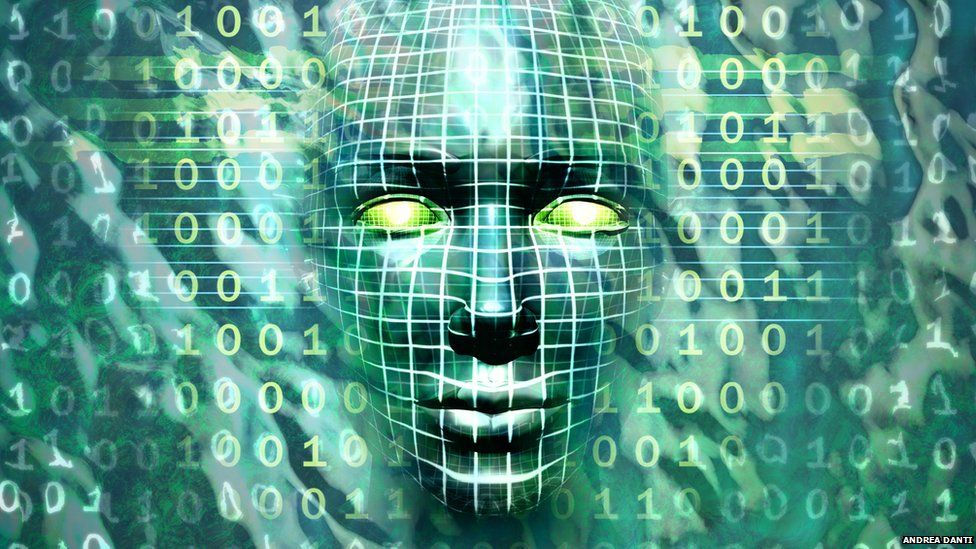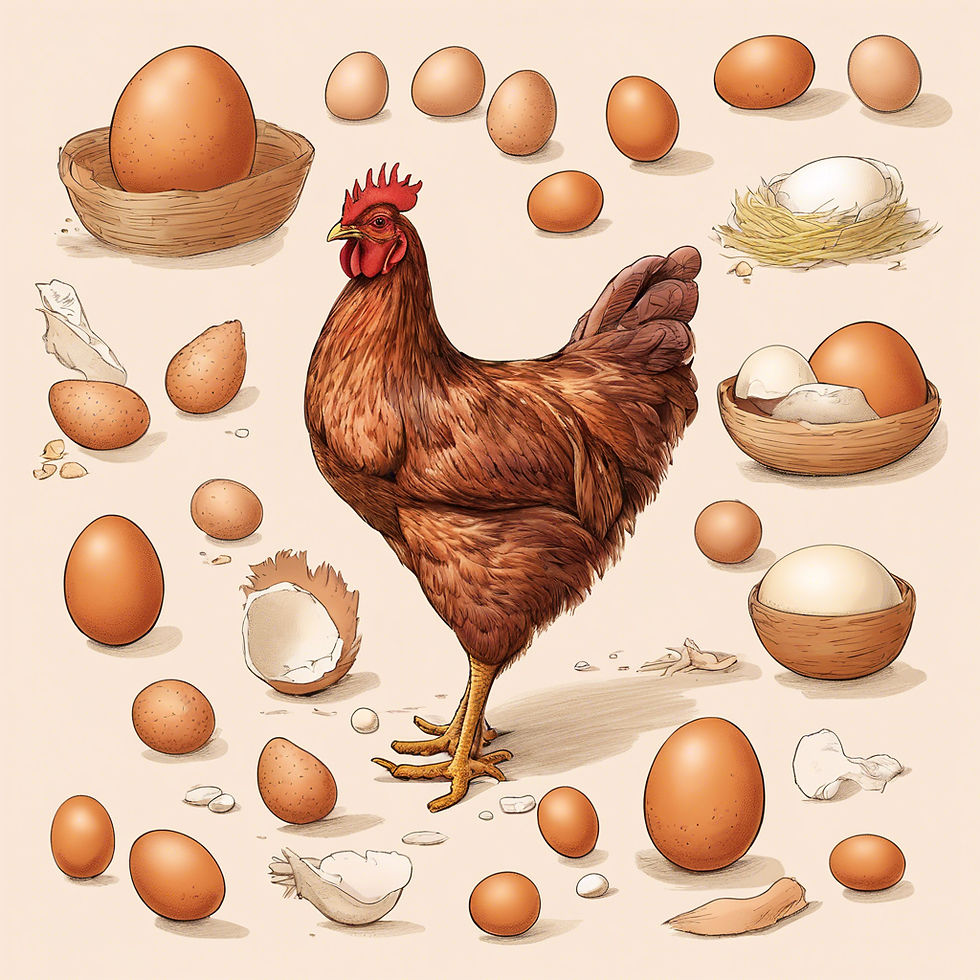Artificial Intelligence and its Fingers
- rajeshvanapalli501
- Jun 22, 2024
- 3 min read
Hello curious readers, I can guess what you're thinking: the title seems strange, right? However, by the end of this article, I'm confident you won't find it strange anymore. Let's dive in without delay!
I won’t bore you longer :) but let's start with a little background. Most of us undoubtedly studied number systems during our schooling. There are several types, including Binary, Ternary, Octal, Decimal, Hexadecimal, and others. Let me provide a quick refresher on their meanings, beginning with the simplest one: The Decimal system, widely utilised in modern societies.
Decimal system: In the decimal system, numbers start with 0 and continue through 9. After reaching nine, adding 1 resets the count to zero but increments the digit to its left by one (9 + 1 => 10) , resulting in numbers like 10, 11, 12, and so on. The name "decimal" derives from its use of ten unique digits (0-9), which define the entire number line.
0 1 2 3 4 5 6 7 8 9 10 11 12 13 14 15 16 17 18…….. 99, 100,...
What will be the next number in the decimal system after 99? Yes it is 100
since 9 + 1 => 10
Octal system : In the octal system, numbers begin with 0 and proceed up to 7. Upon reaching 7, adding one resets the count to 0 but increases the digit to its left by one. The octal system is named as such because it employs eight unique digits (0-7), which define the entirety of the octal number line. Below are the numbers in the octal system
0 1 2 3 4 5 6 7 10 11 12 13 14 15 16 17 20 21 22 23 24 25 26 27 30 …. 77, 100 ...
Attention! It is 10 after 7 since it is an Octal system. What will be the next number in the octal system after 77 ? yes it is 100 since 7 + 1 => 10
Similarly in the Ternary system it has 3 unique numbers (0-2) which makes the rest of the numbers in a ternary number line.
0 1 2 10 11 12 20 21 22 100 101 102 110 111 112 ….
And in Binary it has two unique numbers (0,1) which makes the rest of the numbers in a binary number line 0 1 10 11 100 101 110 111 ……….
I hope I've given you a brief overview of different number systems. I won't keep you any longer. However, I have a question: Why did humans adopt the decimal number system over all the other available systems? The answer lies in our anatomy—we have 10 fingers. If human evolution had equipped us with 8 fingers instead, we likely would have adopted the octal system instead.
In today's digital world, everything operates using binary numbers—1s and 0s. Considering AI as an invention that simulates the human brain and functions in a binary system, it prompts an interesting question: if AI can be likened to another form of human intelligence that isn't biological, how many "fingers" does it have?

(Image is taken from https://www.bbc.com/news/technology-35082344)
It's an intriguing analogy to consider how the design of AI, which operates in binary code (1s and 0s), might hypothetically correlate with the number of "fingers'' it possesses. If we follow the reasoning that our decimal system is influenced by our 10 fingers, then it could be whimsically suggested that AI, designed around binary digits, has "two fingers.". Nature always follows symmetry So like humans it will have two hands but with one finger in each hand. I am sure the position of the finger is in the middle because It is what the AI is going to do to us in the near future.
Thank you for reading . I hope you enjoyed it !!




Comments